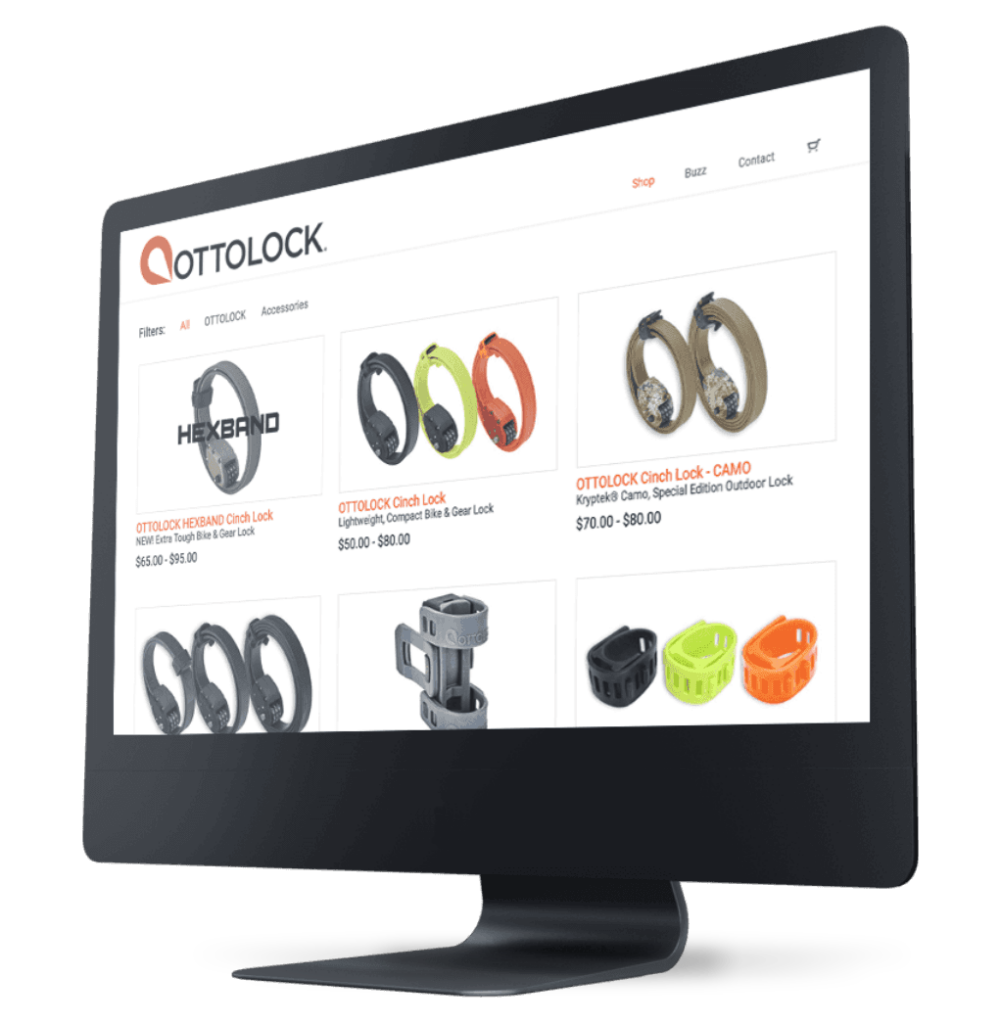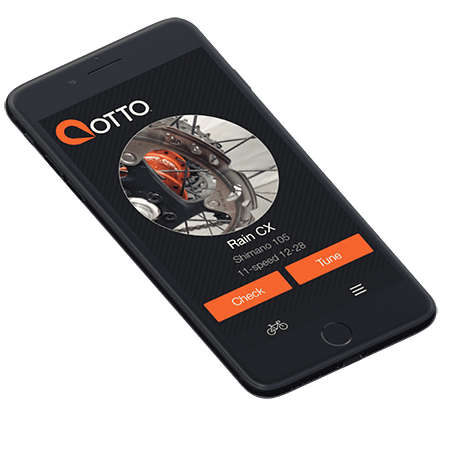eCommerce Development

What is eCommerce?
eCommerce
noun
- the business of buying and selling goods and services on the internet
We decided to start an eCommerce website in order to sell our products online.
What are the different models of eCommerce?
B2B eCommerce
B2C eCommerce
C2C eCommerce
C2B eCommerce
What are the different models of eCommerce?
1
User Experience
2
Purchasing Process
3
Mobile-Optimized
Our eCommerce Process
Feature Summary
Our Lead Architect gathers all relevant data to outline the features and functions of your eCommerce experience. This exhaustive document specifies all user behaviors and corner cases for the functionalities included in your webstore.
Architecture Definition
Based on your site’s core functionalities, integrations, user flows, and shopping cart, our development team scopes out the entirety of your site’s architecture. Our Lead Architect then produces a document that includes recommendations on the frameworks, services, and programming languages that will make up the entirety of your eCommerce store.
Hosting Setup
The chosen web host for an eCommerce store will either make or break the experience for visitors. With this in mind, our Lead Architect determines your website hosting platform based on the merit of applicable hosting services and their speed, accessibility, scalability, and security. During this step, we carefully set-up your secure hosting environment to account for high transaction volume at scale.
Backlog Definition
With the use of agile web development practices, our eCommerce developers build out 60% of your product backlog and leave 40% to be determined after development has begun. By building a sequential yet agile product backlog, our development teams are able to plan for building your eCommerce site per feature while also accounting for the unexpected.
Programming & Testing
With a checklist of best practices for eCommerce development, our team implements backend and front-end features step-by-step until each function is complete. Deploying a range of tests with the implementation of each feature, our automated and manual web tests ensure your code is both accurate and reliable.
Iteration
Your MVP (Minimum Viable Product) is now live! At this stage, we test your product against real-world users and optimize features based on user feedback. If there are any additional features that did not make it into your MVP, this is also where they are implemented, tested, and deployed. We continue working with you to iterate upon your eCommerce site in order to achieve your business goals.


